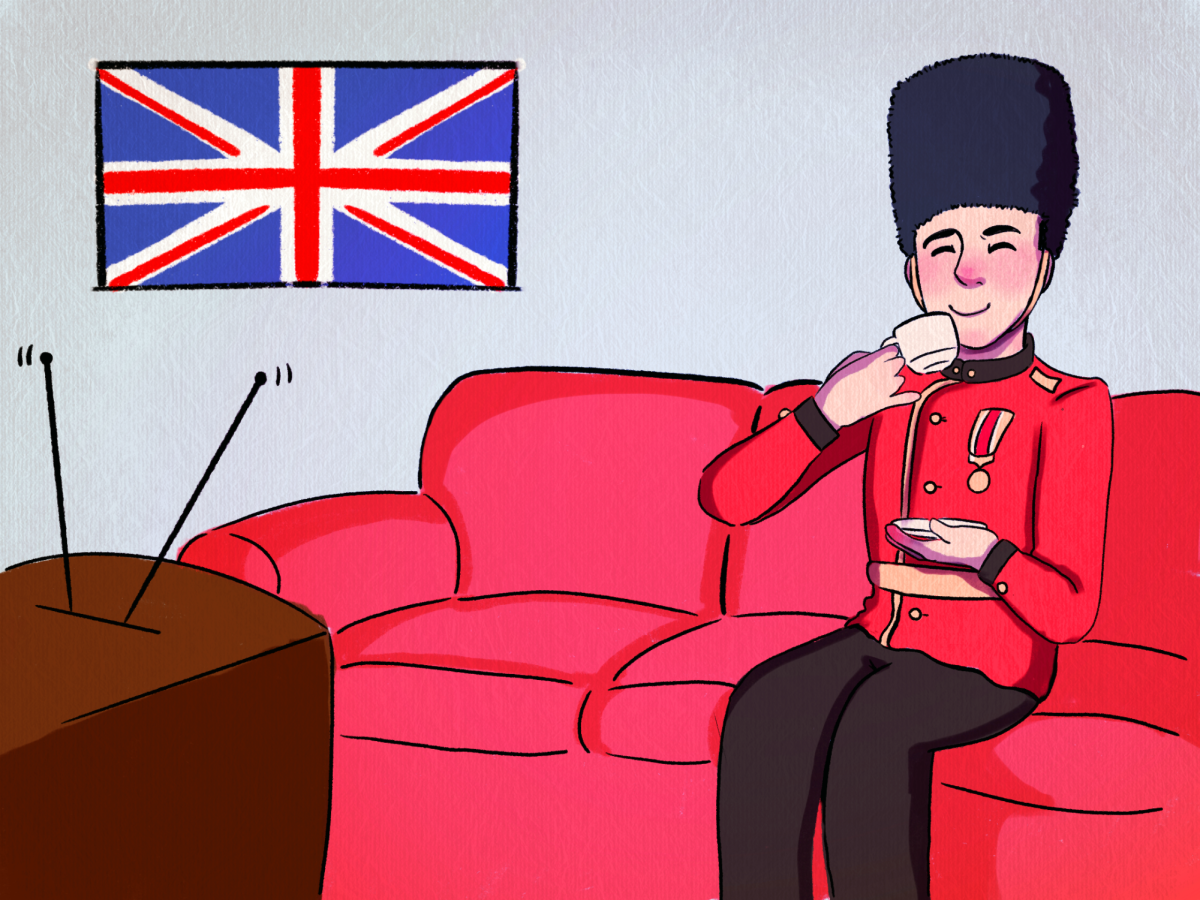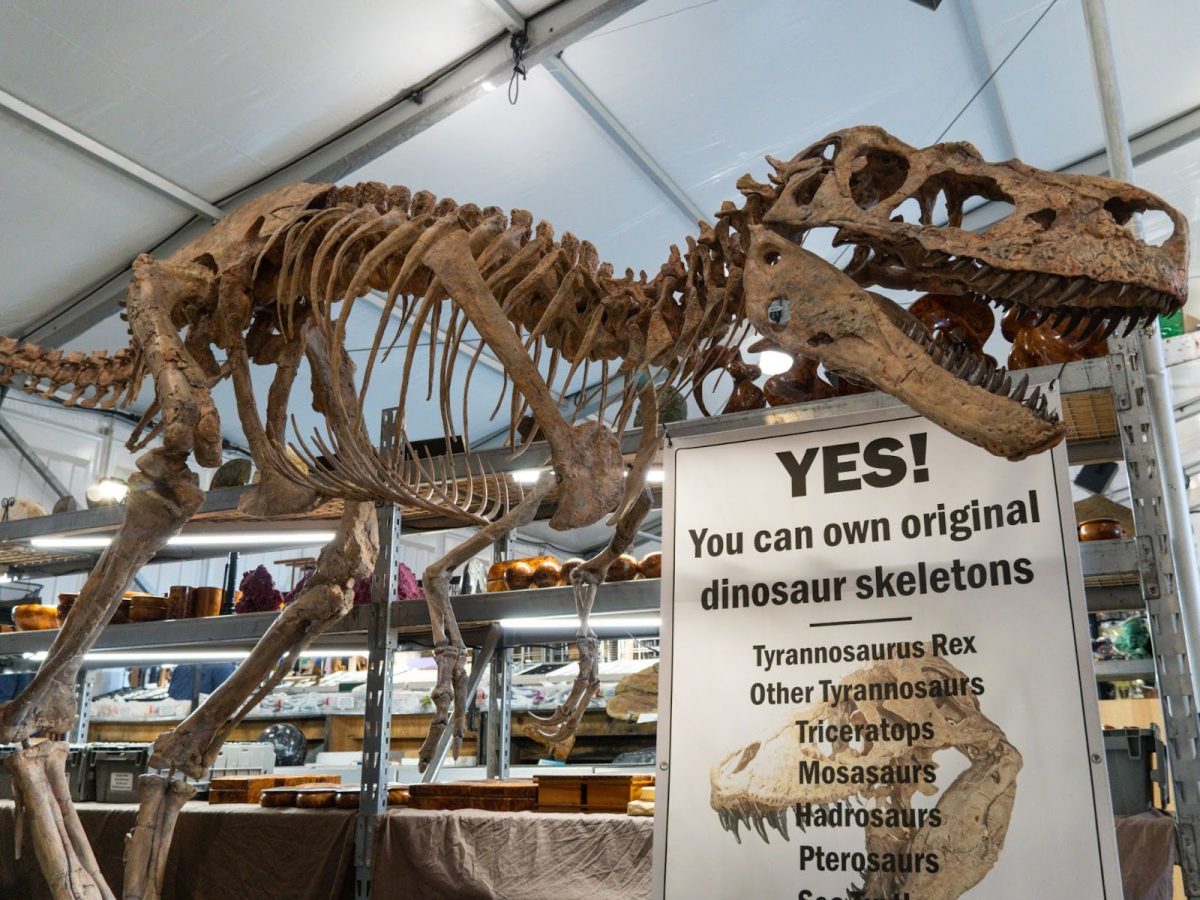Last week, the president of the University of Missouri, Tim Wolfe, stepped down amidst protests, a hunger strike and a walkout by the university’s Division I football team. Calls for Wolfe’s resignation came after a series of racially charged incidents on campus in addition to a general climate of intolerance and racism toward students of color, particularly African Americans.
Prior to the football team threatening to boycott the game, graduate student Jonathan Butler began a hunger strike in protest of the university’s handling of various racist, sexist and homophobic instances. Preceding his strike, Butler wrote a letter to the University of Missouri’s Board of Curators saying, “I will not consume any food or nutritional sustenance at the expense of my health until either Tim Wolfe is removed from office or my internal organs fail and my life is lost.”
Hunger strikes are not a new tactic and have been a way for countless political protestors to draw attention to a specific cause. Prisoners at Guantanamo Bay in 2013, for example, carried out lengthy hunger strikes to restart conversations about the prison.
Sadly, but unsurprisingly, Butler’s hunger strike received very little press coverage until the Mizzou football time boosted his efforts with a boycott. With over $1 million on the line, the decision by a Division I football team to potentially not play in a game for political reasons, forced the administration to respond much more urgently than it probably would have otherwise.
These events mark an interesting shift in university politics. The football team, the most well-funded and powerful institution at most state schools, used its clout to bring down the people who provide football with such ample resources. In one week, the football team forced the resignation of the chancellor and president of the biggest university in the state of Missouri. But a student starving himself to death would likely have changed nothing.
Participants in and supporters of the Concerned Student 1950 movement, a homage to the year the first black students were admitted to the University of Missouri, should celebrate the impact they have made thus far. Campuses across the nation are seeing renewed protests, calls for dialogue and establishments of safe spaces for people of color as a result of Missouri’s actions.
Last Thursday, it was clear the decision to appoint Michael Middleton, an African-American civil rights attorney, as interim president was a signal that the university would respond more effectively to the racism on its campus. But one appointment is not enough to change the systemic and pervasive racism present on American college campuses.
One relatively simple demand from the protestors, that the University of Missouri have 10 percent of their faculty be comprised of African Americans, would require Mizzou to hire an astoundingly high 400 new educators.
Although the population of Missouri is 12 percent black, only 3.2 percent of its tenured faculty and staff is black. This demand at least has a tangible, implementable solution; reducing stereotypical attitudes, harassment on campus and discriminatory actions, however, will take substantially more commitment, time and creativity.
Furthermore, the fact that this story only picked up traction after the football team joined the fight should give activists and colleges alike some pause. Obviously football students already receive a vastly disproportionate amount of funding, scholarships and academic support, so having these advantages allow for them to dictate which social issues become important seems like it could lead to unintended consequences.
While it is fantastic and admirable that the football team stepped up to help with a pressing and serious issue, a better outcome would be for universities to take minority students’ concerns seriously from the beginning.
Follow Jacob Winkelman on Twitter.








